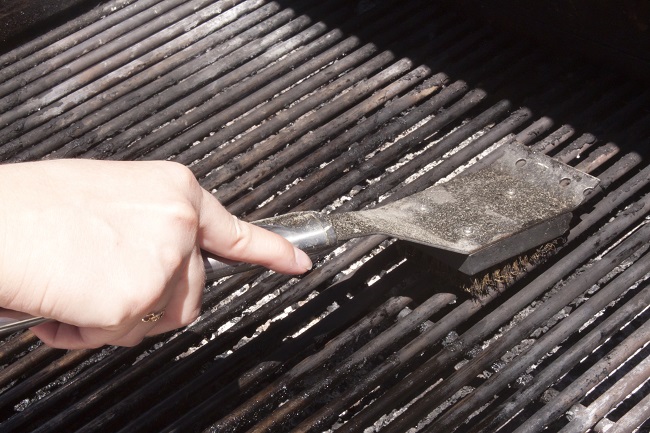Winter doesn’t mean the end of backyard parties, but it does mean you might have fewer of them. Protecting elements of your outdoor kitchen during the coldest part of the year, whether you plan on waiting until spring to use it again or there might just be a longer break between outdoor get-togethers, can help protect your investment from damage and keep everything in good repair for the next time you use it. Here are a few tips to keep everything in top condition:

- Don’t cover or seal everything. While covering the countertops and the more fragile feature can protect them from the occasional ice storm, you don’t want to cover anything that has moisture. Refrigerators, ice makers, and sink faucets should not be covered: they can collect moisture that leads to mold and mildew if there is no way for the excess water to dissipate. Make sure you have a dedicated storage space to the covers that came with your kitchen and contact the manufacturer before covering anything that didn’t come with weather protection.
- Instead, winterize your machines. Make sure the water and power to your outdoor refrigerator and ice maker are off so water doesn’t freeze and expand in their pipes and near the machinery. Then be sure both are completely empty and give them one last cleaning until the spring.
- Scrub the grill and stove top. If you know New Year’s Eve was the last outdoor party you’re likely to have for a while, make sure to de-grease the grill and turn off the gas.
Using your outdoor kitchen isn’t a summer-only way to have fun, but getting your kitchen ready for winter if you expect to not use it can save you time and effort in the spring. Winter can also be the perfect time to add features and build up your outdoor kitchen. Contact Varsity Pools here for more information.
